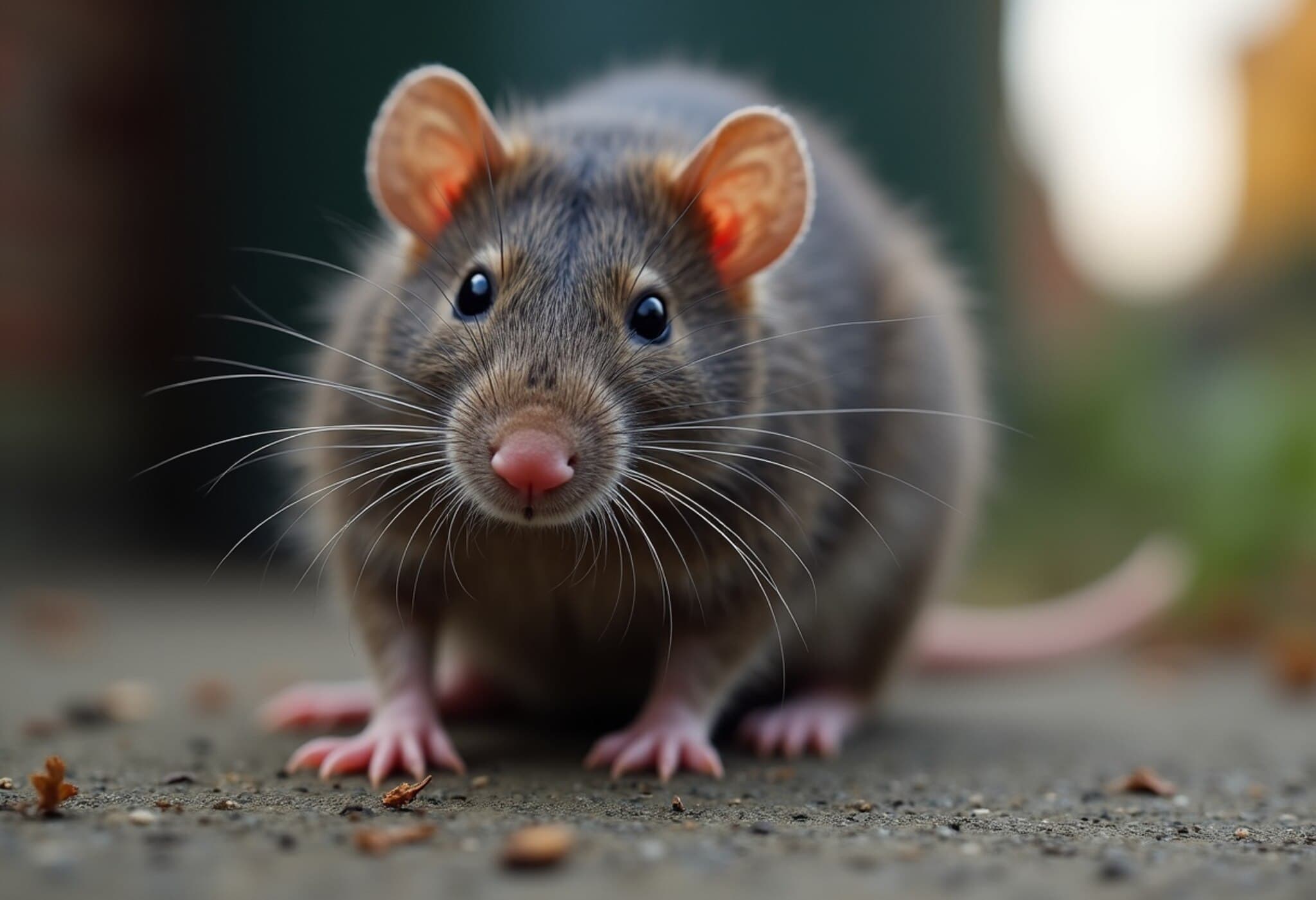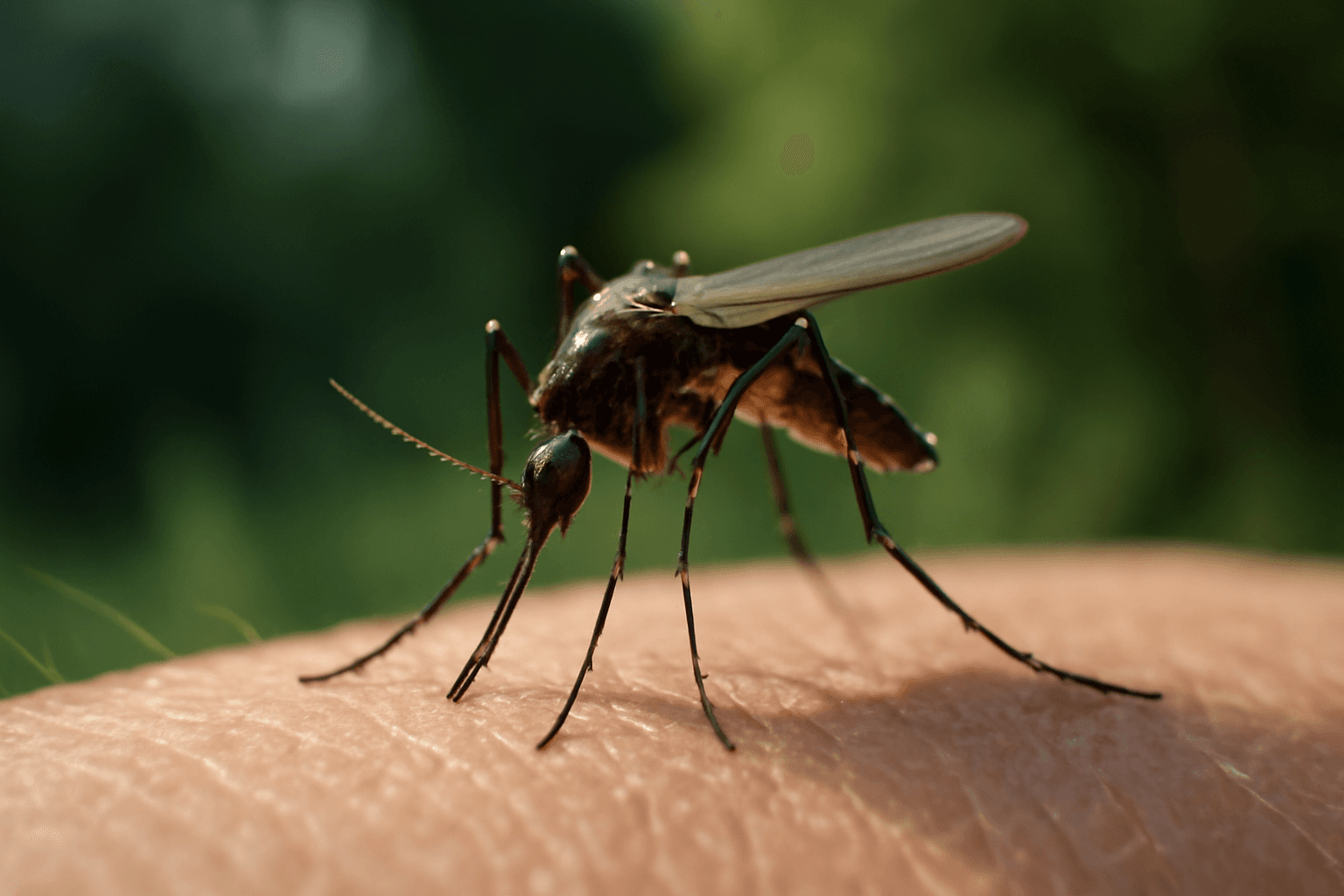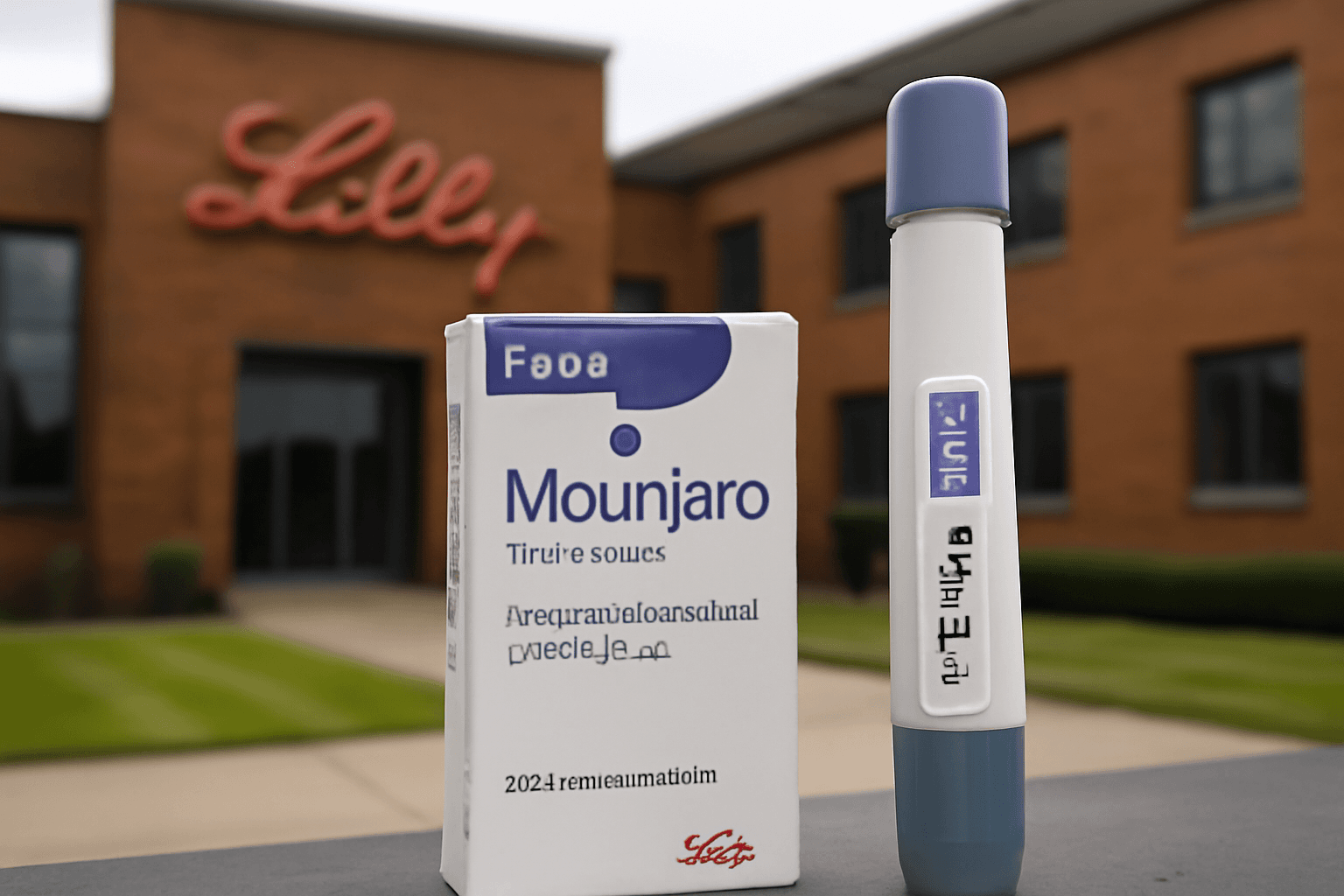Gigantic 22-inch Rat Found in Normanby Home Raises Alarm
Residents of Normanby, a community in Redcar and Cleveland, North Yorkshire, were left shaken after a colossal rat measuring 22 inches from nose to tail was discovered inside a local home. The rodent, nearly as big as a small cat, was caught by a pest control expert during what was supposed to be a routine callout.
This unsettling find quickly went viral when local councillors shared images on social media, stirring widespread concern about a burgeoning rat problem across the region.
Community Voices Highlight Growing Fear and Frustration
The photo of the oversized rodent sealed in a plastic bag was posted by Eston Ward councillors David Taylor and Stephen Martin on Facebook. Responses from residents reflected growing unease and vivid personal encounters:
- One user recounted finding dead rats left to rot on the streets.
- Another described seeing a rat “the size of a Jack Russell” drinking from a puddle.
- Several compared the rodents’ size to their grown cats, amplifying the shock.
Comments ranged from disgust to concern, with many questioning the health implications and the adequacy of current pest management in the area. “That rat is bigger than my grown cat,” wrote one frightened resident, while another pondered, “Must be something going down if they’re surfacing like this?”
Unpacking the Causes Behind the Surge in Rat Sightings
According to local officials, the spike in rodent activity is linked to a combination of factors:
- Poor Waste Management: Overflowing bins and improper rubbish disposal provide easy food sources.
- Neglected Public Spaces: Overgrown land and unmaintained council-owned plots offer safe harborage for rodents.
- Reduced Public Pest Control: Budget cuts have pushed domestic rodent control support from local authorities onto individual homeowners.
- Abundance of Food Sources: More accessible waste and litter contribute to thriving rat populations.
Two years earlier, Redcar and Cleveland successfully curbed similar issues through coordinated council-led pest control. Today, however, residents shoulder the private cost burden for pest interventions, a challenge for lower-income households and a factor allowing rat populations to flourish unchecked.
Health, Safety, and Urban Management Concerns Prompt Calls for Action
Local councillors warn that unchecked rodent infestations pose serious risks to public health, property, and peace of mind. If the problem persists, rats could increasingly invade homes and communal spaces — heightening potential exposure to diseases.
In response, officials urge an immediate multi-pronged approach:
- Clearing and maintaining overgrown public plots to reduce rodent habitats.
- Improving rubbish collection schedules and ensuring bins are not overflowing.
- Reinstating council-supported domestic pest control services to relieve the financial burden from residents.
This oversized rat, unprecedented in size for the area, has become a symbol of deeper systemic issues. It shines a light on urban planning challenges and the tension between budget constraints and community health imperatives.
Expert Insight: Urban Rodent Control and Public Health
From a policy perspective, the Normanby rodent episode highlights the critical balance cities must strike between efficient waste management and the equitable provision of pest control services. Experts emphasize that effective rodent control requires coordinated waste disposal, public space maintenance, and affordable pest interventions.
When local authorities scale back services, vulnerable populations often bear the brunt — setting the stage for public health risks that can quickly ripple beyond neighborhood borders. Rats are known carriers of various diseases, posing tangible threats in densely populated settings.
Furthermore, the psychological toll of living amid visible infestation — fear, disgust, and mistrust in governance — can erode community cohesion.
Normanby’s Rodent Revelation: A Wake-Up Call for Urban Areas
This incident is more than just a local oddity; it reflects broader challenges facing many towns and cities worldwide as they grapple with aging infrastructure, budget cuts, and urban wildlife management. The Normanby rat has become a rallying point, urging authorities to rethink strategies that safeguard public health without disproportionately burdening residents.
Questions Raised Going Forward
- How can councils sustainably fund pest control while ensuring inclusivity?
- What innovative urban design or technology could minimize rodent habitats?
- Should public awareness campaigns be ramped up to promote responsible waste disposal?
Until such measures are taken, communities like Normanby risk seeing these unnerving creatures as regular, unwelcome visitors rather than rare anomalies.
Editor’s Note
The discovery of a 22-inch rat in a UK home is more than a shocking headline—it serves as a tangible indicator of the complexities urban centers face in maintaining sanitary, safe living environments amid fiscal and policy shifts. As we watch communities respond, it’s imperative to consider the intersections of environmental management, social equity, and public health. Readers are encouraged to reflect on how urban governance structures can evolve to address such challenges proactively, and what role residents can play in fostering a balanced and healthy neighborhood ecosystem.



















